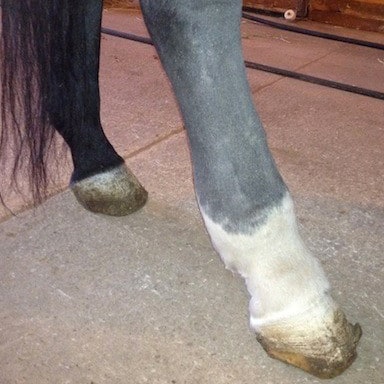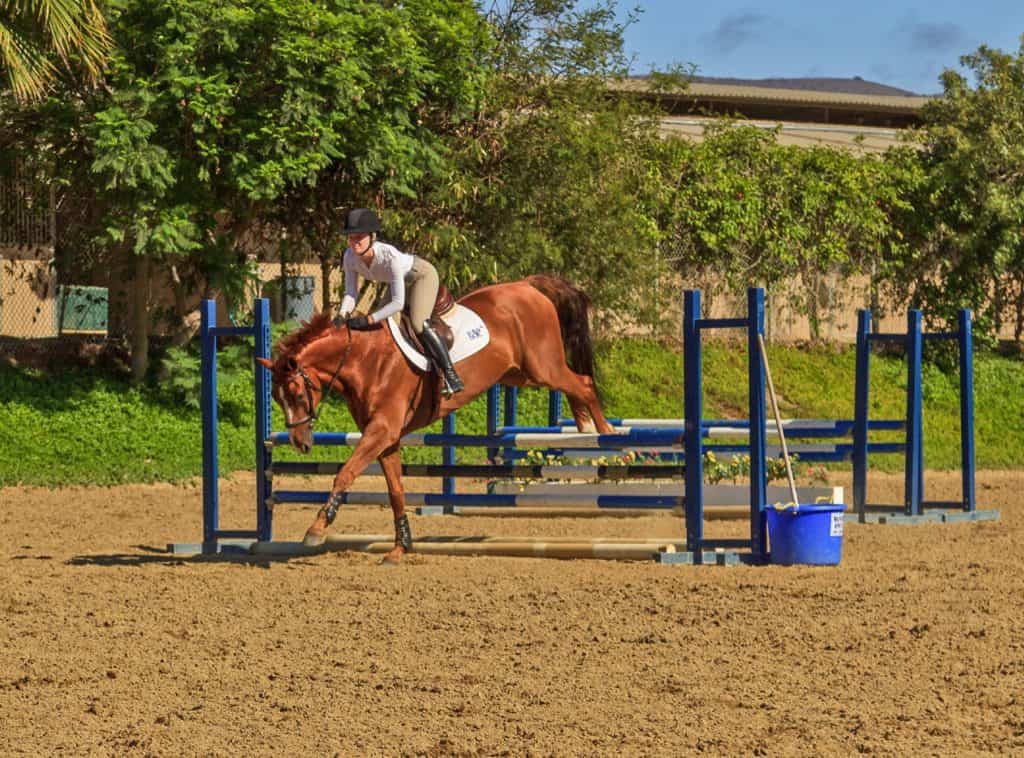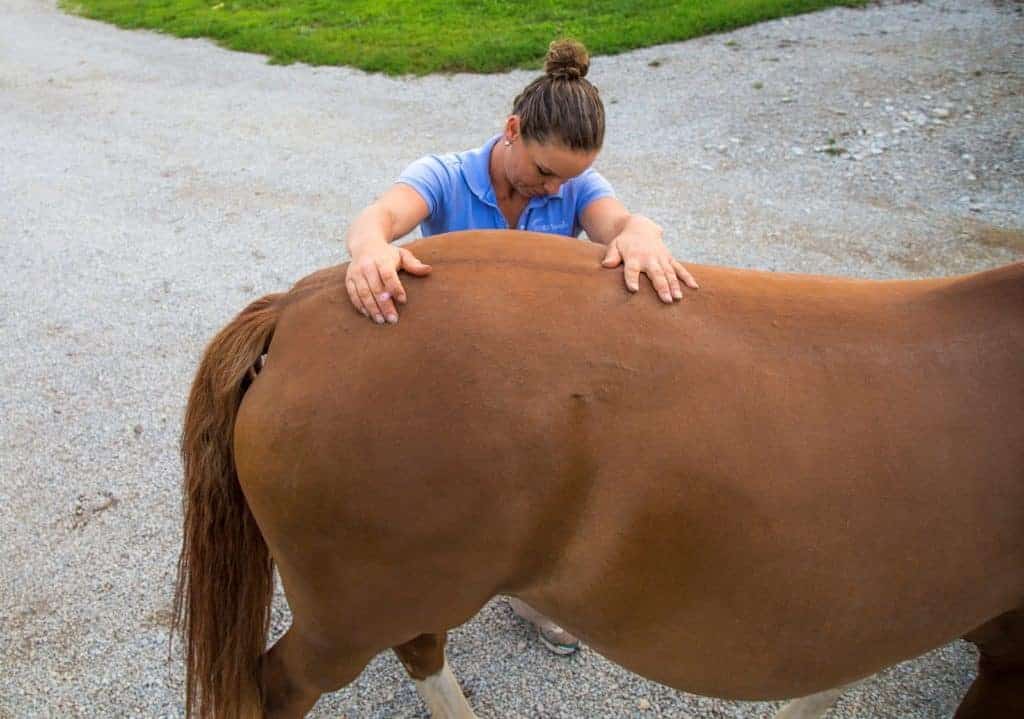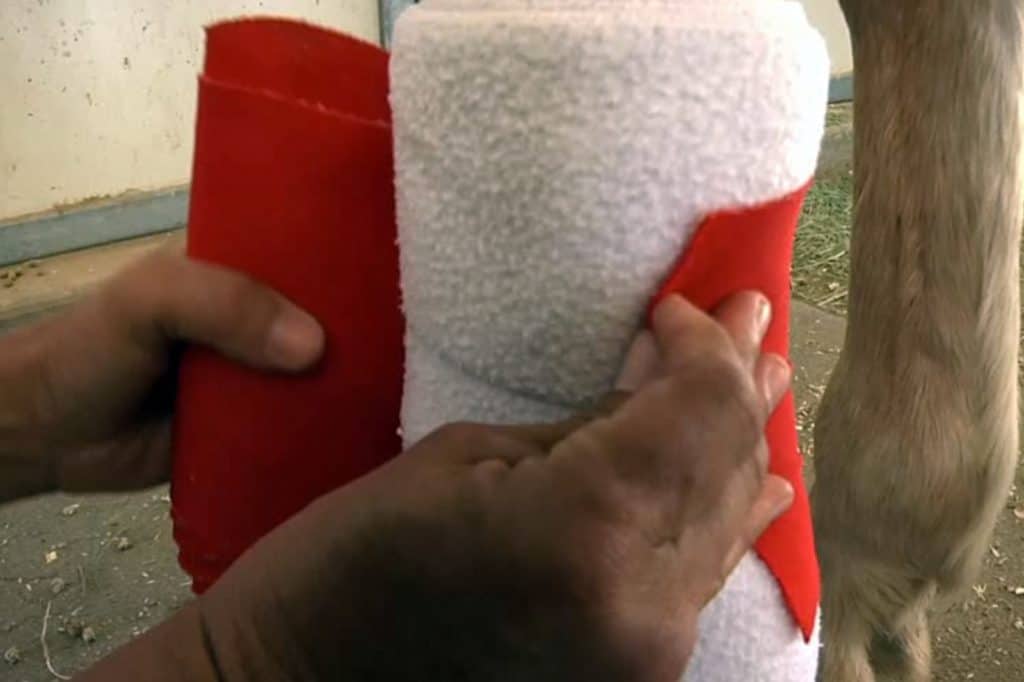
Compression Wraps for Horses: Are Modified Techniques More Effective?
Most modifications made to the traditional distal limb compression bandage did not appear to improve their efficacy, researchers found.

Most modifications made to the traditional distal limb compression bandage did not appear to improve their efficacy, researchers found.

Dr. Kyla Ortved explains the terminology veterinarians and horse people use to describe navicular syndrome and what it all means.

Skin problems were the most common general disease reported (33% of all syndromes recorded) and nonhoof-related lower limb lameness was the most common individual issue reported (18.5% of all syndromes recorded).

Read top tweets and take-home messages from industry experts on common racing injuries, their approach to effective rehab and what they’ve seen horses go on to do after recovery.

Learn how to manage this incurable disease that causes debilitating lameness in horses.

Do all young horses with fluid-filled joints or lameness have osteochondritis dissecans (OCD)? Download this fact sheet to find out.

Boots and wraps protect the horse’s limbs. But have you ever asked yourself why or how these dressings protect a horse’s leg–or if they even do?

If left untreated, cutaneous lymphangitis can cause permanent leg disfigurement. Here’s what to know about this condition.

When cases are selected appropriately, the complication rate is very low and the prognosis for a full return to work is very good, one veterinarian says.

A single-toe format “outweighed the costs” of multiple-toe formats as horses gained body mass and grew longer legs.

The more data vets have on the injuries Western horses experience, the more they can do to try to rehabilitate or prevent them, one practitioner says.

The prognosis for performance soundness in nonracing horses diagnosed with sagittal groove injury and concurrent osteoarthritis is poor, researchers found.

Seasoned sport horses often need a little extra TLC to continue performing well into middle age.

Instead of causing foot pain directly, rear hoof imbalances seem to cause more problems higher up the leg—to the hocks, stifles, glutes, and sacroiliac joint, one vet says.

Ultrasound is a useful screening tool for assessing some deep digital flexor tendon lesions, but it could cause veterinarians to underestimate navicular bursa and collateral sesamoidean ligament lesions.

Becky Rodrigues explains when and how to use standing wraps on your horse’s legs.
Stay on top of the most recent Horse Health news with
"*" indicates required fields